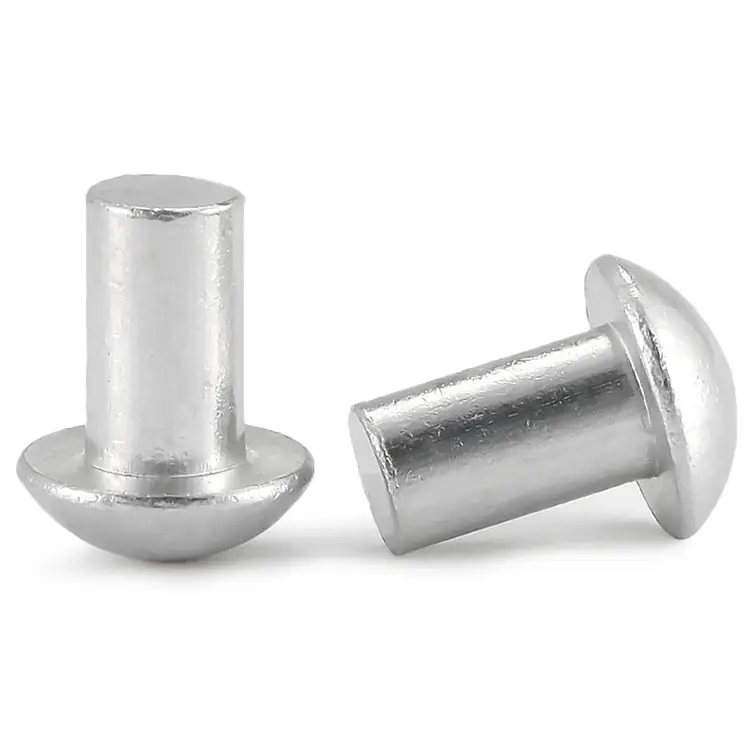Solid Rivets in the aerospace industry
2025-06-20
Solid rivets have long been a cornerstone in the construction and maintenance of aircraft. These small yet powerful fasteners play a crucial role in ensuring the structural integrity, safety, and performance of both commercial and military airplanes. In the aerospace industry, where reliability and precision are paramount, the use of solid rivets remains widespread due to their proven strength, durability, and effectiveness under high stress and extreme environmental conditions.
Historical Significance and Continued Relevance
Solid rivets have been used since the early days of aviation, including in iconic aircraft such as the Douglas DC-3 and Boeing B-17. Despite the advent of more advanced fastening methods like composite bonding and high-tech fasteners, solid rivets remain relevant. Their mechanical simplicity and ability to form a tight, lasting bond make them ideal for joining aluminum components — still a primary material in aircraft structures.
Mechanical Strength and Durability
The main advantage of solid rivets is their unmatched strength. Once installed, a solid rivet is deformed to fill its hole completely, which prevents loosening due to vibration or fatigue — common challenges in flight conditions. This makes them particularly suitable for joining load-bearing components such as wing skins, fuselage panels, and internal frameworks. Moreover, solid rivets are corrosion-resistant when made from materials like titanium or anodized aluminum, contributing to the longevity of the aircraft.
Installation Process
Installing solid rivets in aerospace applications requires precision and skill. Typically, one end of the rivet is placed in a pre-drilled hole, and the tail end is deformed (or "bucked") using a rivet gun and bucking bar. This process ensures a permanent and tight fit. Because of the manual effort and coordination needed — often by two technicians working in tandem — rivet installation is labor-intensive but highly effective in achieving a secure connection.

Quality Control and Safety
Given the high stakes in aerospace manufacturing, quality control during rivet installation is critical. Every rivet must be inspected for proper deformation and fit to ensure it meets strict airworthiness standards. Any improperly set rivet can compromise the structural integrity of the aircraft, making regular inspection and maintenance essential throughout an aircraft’s service life.
Limitations and Modern Adaptations
Despite their advantages, solid rivets are not ideal for all aerospace applications. They are less effective with composite materials and can be impractical in automated assembly lines. As a result, newer aircraft designs may incorporate alternative fastening technologies in specific areas. However, in aluminum-intensive aircraft and legacy models, solid rivets remain irreplaceable.
Conclusion
Solid rivets continue to be a foundational component of aerospace engineering. Their time-tested strength, durability, and reliability under extreme conditions make them indispensable in aircraft construction. While new materials and fastening technologies are gaining ground, the role of solid rivets endures, highlighting their vital contribution to aviation safety and engineering excellence.
As a professional manufacturer and supplier, we provide high-quality products. If you are interested in our products or have any questions, please feel free to contact us.


